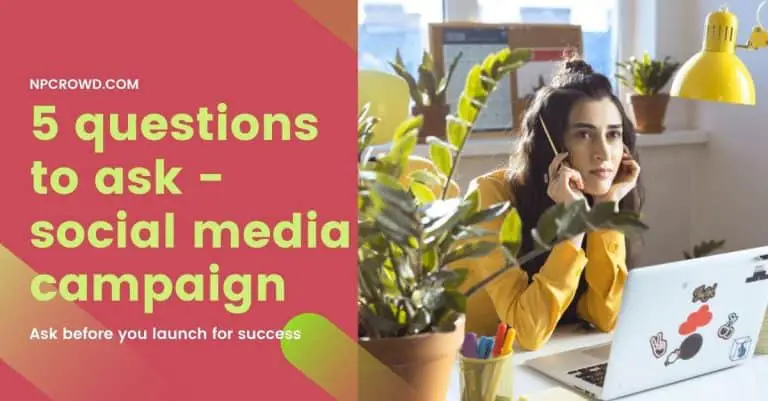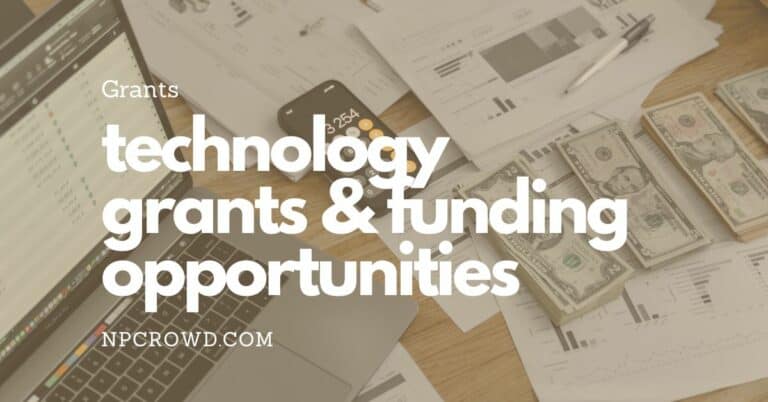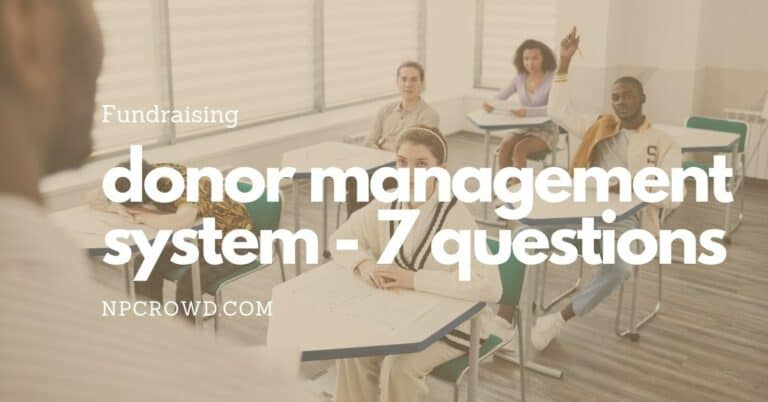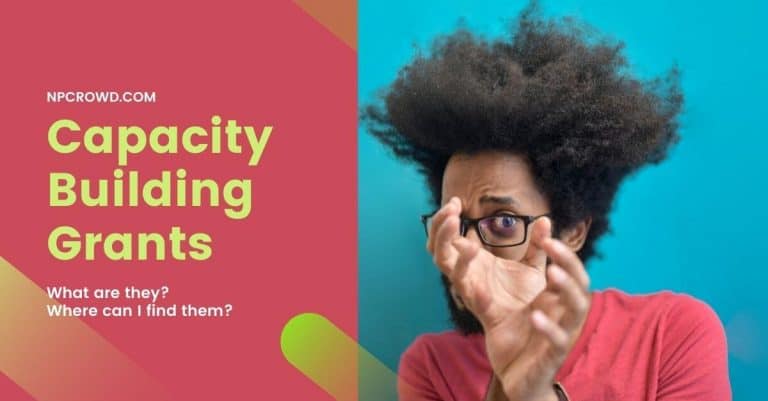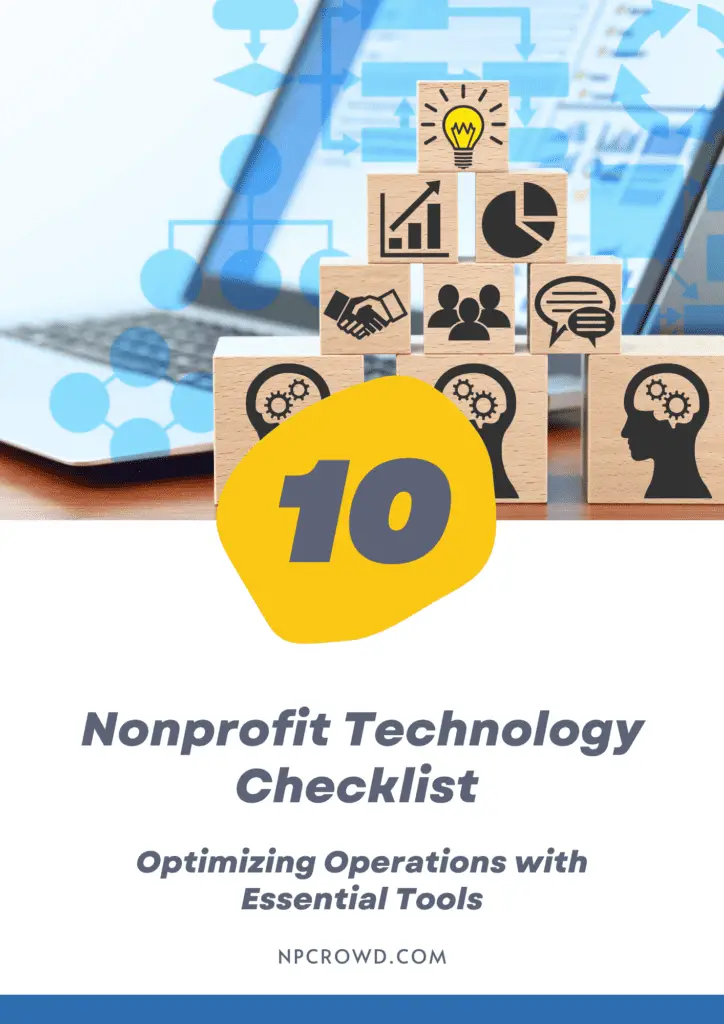Social Media ROI for Nonprofit Organizations: Metrics, Goals, Formula
Disclaimer: This post may contain affiliate links. These links, if used and purchases made, we may earn a small commission. These affiliate programs do not impact the recommendations we make or the resources we refer you to. Our focus is on providing you the best resources for your nonprofit journey.
Social media ROI is a metric that measures the return on investment (ROI) for social media marketing. Nonprofit organizations often struggle with measuring their ROI and some may not even know how to measure it. This article will provide tips for measuring the ROI of social media marketing for nonprofit organizations, as well as show you how to calculate your own ROI. We’ll also talk about what ROI is, why nonprofits should be measuring it, and different metrics to measure such as likes, shares, comments, followers—and more!What is social media ROI?
ROI is a measure of the return on investment. Social media ROI measures how well your social media marketing (your posts) are performing and can be calculated in two ways: using total dollars received or the number of new donors (leads). This will give you an understanding of whether it was worth investing time into this channel for your nonprofit.
For example, if you had $500 worth of donations for one post that cost $300 then we would use ($500/$300)*100 to find out what percentage conversion was made with this particular campaign.
Another example is if you have 1000 followers and only 50 people follow back, this means there’s a 5% conversion rate—not very good! In order to calculate your own ROI for social media marketing campaigns specifically, please refer below to our formula section.
Why measure social media ROI?
Social media marketing is an important part of any nonprofit’s digital strategy. By measuring the return on investment, it will help you make informed decisions about your future campaigns and how to allocate resources in order to maximize outreach and increase donations for charity organizations.
It also allows you to improve posts or target certain demographics so that they are more likely to convert into donors—which could be as low as a few dollars!
For example, if someone comes from Instagram then there is a higher chance that this person might want to donate after seeing the picture of their sponsored child with accompanying text message below reading “$200 can provide tarps for these children who have lost everything due by January 30th.”
Social media marketing for nonprofit organizations doesn’t have to involve a large budget. A lot of the benefits come from organic and unpaid social posts. However, it does require some effort in terms of time spent monitoring metrics and analyzing data to see if your efforts are producing results or not.
That’s why measuring social media ROI should be part of your overall strategy as an organization.
At the same time, looking at how you measure other things like donations made through direct mail campaigns versus online fundraisers is also a useful ROI number since both could provide valuable information about which modes work better with various audiences.
Most organizations consider this to be a worthwhile endeavor, though, since it can provide valuable insights about which posts are most effective and what your audience wants to see from you.
How to measure social media ROI | The ROI Formula
It is important to measure the ROI on social media marketing for nonprofit organizations because it helps you make informed decisions about your future campaigns and how to allocate resources in the most effective way.
To calculate ROI, take the revenue generated from each channel (e.g., Facebook) divided by the costs associated with that channel and multiply by 100.
(Revenue/Expense)*100 = ROI
So, in the case of a $500 ad spend on Facebook that generated $12,000 in revenue, we have a 2400% ROI. Woohoo!
($12000/$500)*100 = 2400% ROI
Calculating ROI for each social media channel will give you an idea of which channels are performing better than others so that you can focus more on them going forward.
Nonprofits should also be cautious about measuring only one metric as they may not accurately reflect what’s most important in terms of engagement on that platform.
So make sure you measure all possible metrics (likes, shares, clicks, comments) across multiple channels in order to get an accurate picture. And don’t forget that it’s valuable to pay attention to older posts from time to time too so you know how well these content pieces are still performing today!
Social Media Metrics: Likes, Shares, Comments, Followers
There are many other metrics you can use to help guide your decision-making process which will have a more direct impact on revenue and conversions:
- Number of page likes, followers, subscribers over various periods of time
- Bounce rate from webpage navigation – visitors who left after viewing only one page.
- Social media engagement rates
- Website time on site – how long visitors spend on your website
These metrics tell how engaging the content was. Low bounce rates and long time on page times indicate engaged readers so they may be more likely to take an action when prompted by calls to action (CTA) or links to other website pages; high bounce rates indicate unengaged readers
If you do not measure your ROI, there will be an increase in costs and potentially fewer donors from ads that are less effective or pertinent to the organization’s mission. It is like driving down a highway without being able to see where you are going. This could also cause a decrease in trust with potential new supporters of your brands.
The downside is that it can take time to track all this data accurately, but once set up it should only require periodic checks on performance and comparisons between channels so as not to overspend where unproductive marketing is happening too much.
An example would be if you post often on Facebook but seldom tweet; then spend at least some resources trying out Twitter because maybe people respond better there than they do here. Or if Instagram posts get more engagement, then spend more of your budget there.
If sorting through these numbers is not your thing, hire a local college student part-time or perhaps as a paid intern for a period of time. Find someone who loves to analyze numbers and find the story they tell. It could be a great real-world experience for the student and provide you with insight to use for the next 6 months. Rinse and repeat.
Tools for measuring social media ROI
For those who are visual learners or just want to get the numbers, there is the Social Media ROI Calculator that can be found on this link: https://www.hootsuite.com/tools/social-roi-calculator
It’s also worth mentioning that there are some free tools available for measuring and tracking social media ROI found in tools such as Hootsuite, Google Analytics, Buffer, and Hubspot Social Media. In addition, check out the reporting directly inside Facebook Business Manager, Twitter, Pinterest, and TikTok.
Setting Nonprofit Social Media ROI Goals
It’s important to set goals with a measurable outcome. For example, you can have the goal of increasing following by 500 or getting 100 more likes on your posts. It may seem like setting these objectives is easy but it takes time to measure how well they are being met and what content works better in certain areas.
One way around this would be having one objective for each social media channel that could be seen as just another form of measurement (e.g., increase engagement).
For most nonprofit organizations, the main focus should be about engaging people for donations which means measured metrics such as followers and number of reactions will not come into play until later in the process when someone becomes interested enough to make an inquiry or donation.
One example of an ROI goal for nonprofit social media is to 10x your expenses on every donation call-to-action post. This means that for every $100 you spend to create a post that should create donations, you should receive $1,000 in donations from that post.
In this example, if you are able to meet this ROI goal 30 times during the year, your team will spend $3,000 and raised $30,000 from it.
Conclusion
Social media ROI is a valuable metric for nonprofit organizations that want to stay competitive online. By measuring the success of their efforts on each platform they use and by looking at data like the number of likes or shares per post as well as total followers, both nonprofits and donors alike will have greater insight into how best to devote time and resources in order to achieve better results over time.
It’s also important not only for individual platforms but across all channels so you know where people are spending their digital attention. And because many nonprofit campaigns rely heavily on Facebook, Twitter, and other social media platforms to reach new donors or rally support for a specific cause, understanding the ROI of your efforts will help you allocate resources more strategically.

